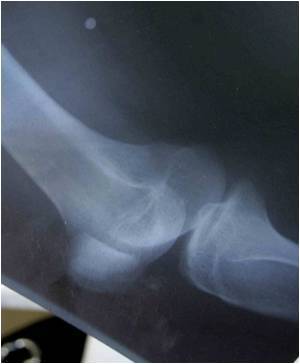Over the past few years, we’ve been bombarded with warnings about rising obesity, cancer and diabetes rates. Nearly every report makes a strong argument for the link between disease and diet. Government guidelines are advising us to eat a minimum of five portions of fruit and
vegetables every day even more if we can manage, since the consensus is that you can’t eat too many vegetables. The trouble is, for many of us eating even five portions can seem like a serious challenge. When we work long hours, we naturally reach for convenience foods, almost all of which are carb-based.
Cooking at home is a lost art, with the sound of something sizzling on the stove being replaced by the beep of the microwave. This article will try to address this problem and offer some quick, easy and delicious ways to increase your daily intake of fruit and vegetables. The importance of plant foods in your diet can’t be overemphasized; they make you look and feel better and provide you with more steady energy throughout the day than convenience food can. Add a few of these tips into your daily routine, and you’ll be doing your body a huge favor. Remember, one portion is considered to be about 80 grams.
Smoothies Buying an all-natural (100 percent fruit, no sugar added) smoothie is an easy way to boost your fruit intake. Some companies even sell vegetable smoothies. But if you’re prepared to spend 10 minutes in the kitchen, you can make a smoothie that will give you five fruit portions in one gloriously sweet hit. Two kiwis, two bananas, a handful of grapes, a handful of strawberries, and 250 ml of pure pressed apple or orange juice will do the trick. This is a full breakfast or post-workout energy boost, and if you want to add some whey protein or spirulina powder into the mix, all the better. The beauty of a well-built smoothie is that the wide variety of colors of fruit means you’re getting a wide variety of nutrients: Vitamins A, B2, B6, C, E, folate, niacin, potassium, not to mention dietary fiber. You can just as easily make a vegetable smoothie as long as you use fresh, raw ingredients. If you throw some tomato juice into a vegetable smoothie, make sure that it’s not full of sugar or salt – common hidden ingredients in commercial vegetable juices.
Incorporate vegetables into your snacking
Try substituting something healthy for your mid-morning coffee break snack. Raw carrots, celery and other crunchy vegetables will be just as filling, and will help you avoid the drop in energy that comes after eating a high-sugar snack. Consider this: A chocolate chip muffin can contain around 700 calories. For the average man, this amounts to nearly one third of the recommended daily caloric intake, and will cause a monumental sugar crash later on. Instead of eating something that has roughly the nutritional value of an old shoe, replace it with a handful of fresh vegetables. An average carrot may contain as few as 32 calories, celery as little as 8. You could eat a pound of
vegetables and still have consumed far fewer calories than you would have with that muffin. If the veggies themselves are too boring, add some hummus dip for some protein or a low-fat yogurt-based dip, but skip the dollop of ranch dressing.
Add fruit or berries to your breakfast
Adding something extra to your breakfast is another really quick and simple way to increase your fruit intake. If you have yogurt or cereal at breakfast, sprinkle a handful of fruit into the bowl. Raspberries, blackberries and blueberries taste great and they‘re packed with nutrients. Fresh berries can be expensive, but you can just as easily thaw a handful of frozen berries in the microwave and add them to your cereal. Adding a chopped banana will provide you with a little energy boost at the start of the day. The list of potential fruits is endless, and we don’t want to add all of them here, but if you want to keep things interesting and give yourself a range of nutrients, switch it up every so often.
Double up on servings
At lunch and dinner, try increasing the amount of vegetables you put on your plate. If it sounds obvious, it is. Many people put far fewer vegetables on their plate than the standard portion size of 80 grams. To make sure you’re getting your five a day, try to have two different types of vegetables in a meal. This has multiple benefits: by eating a larger amount of vegetables, you will crowd out other foods on your plate, like potatoes and meat, and chances are you eat plenty of those anyway. Reducing the higher-calorie foods (but not eliminating them altogether) can help you lose weight in addition to improving your overall health. Forget the popular misconception that fresh vegetables are expensive. Compared to microwave meals and other processed goods, vegetables are surprisingly affordable, and frozen vegetables can go a very long way and last a very long time in your freezer without compromising their

















